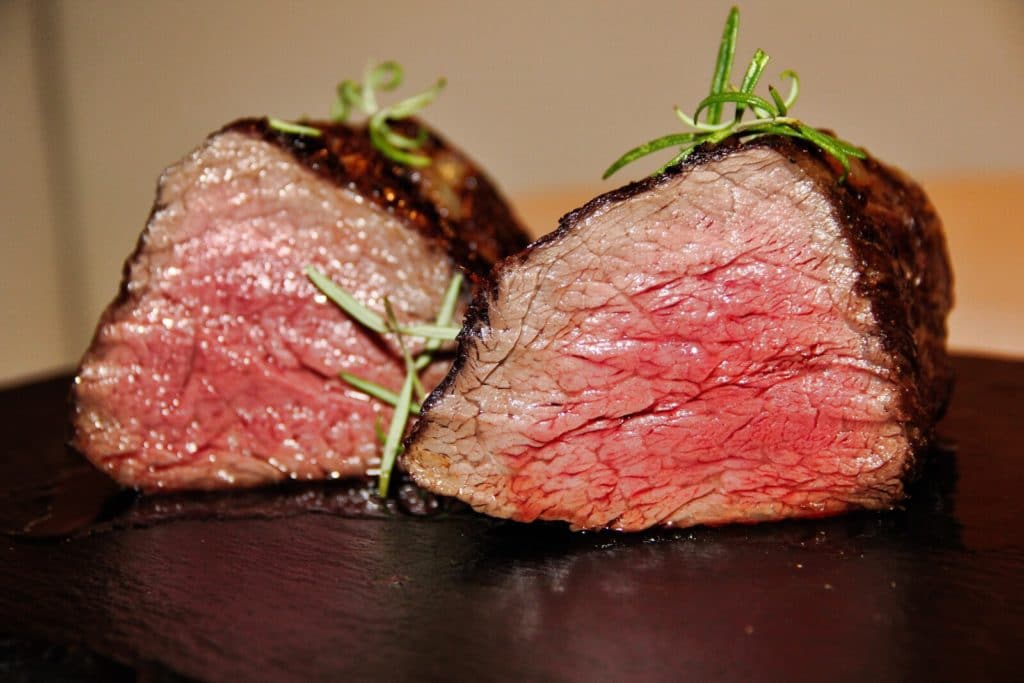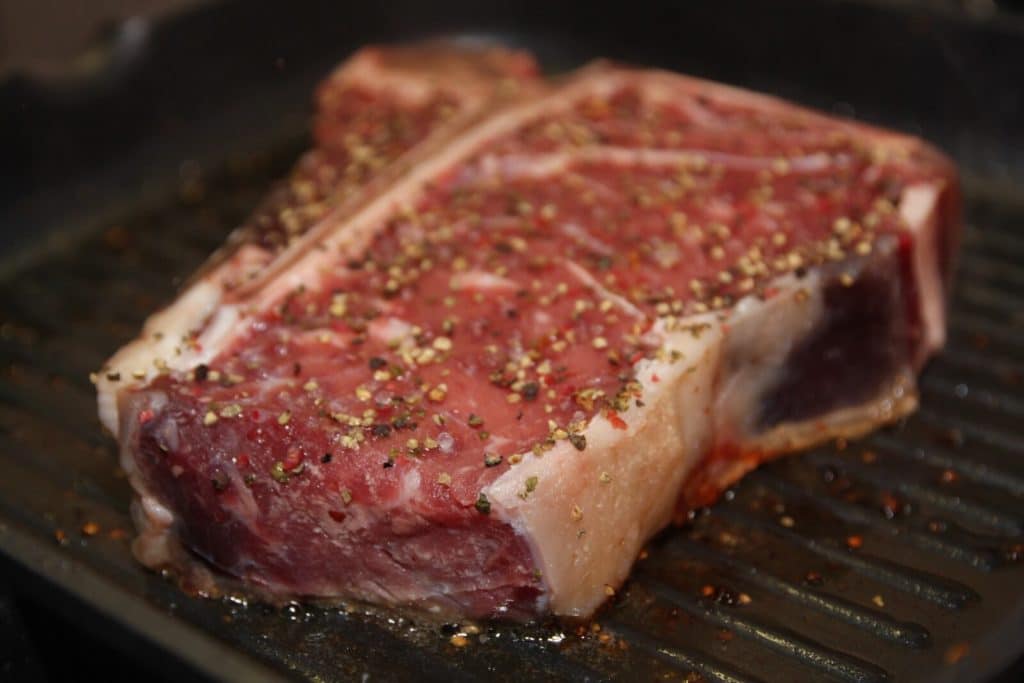Is Canner the Lowest Quality Beef

US beef is graded into eight different categories. From best to worst they are Prime, Choice, Select, Standard, Commercial, Utility, Cutter, and Canner.
The meat grading system is voluntary and meat isn't required to be graded, but Prime or Choice steaks often command a hefty premium on the shelves.
In this article, we'll learn about the eight US beef grades and what they mean, what it means when meat doesn't have a grade, and why you only ever see three grades in the supermarkets.
Beef Grades Marbling & Age Chart

The Eight US Beef Grades and What They Mean
The eight grades from best to worst are prime, choice, select, standard, commercial, utility, cutter, and canner.
Meat is graded by the marbling of fat visible on the meat, as well as the signs of age on the meat. The higher the grade, the higher quality the meat is overall.
Here is a list of the official USDA grading standards as described by the USDA Agricultural Marketing Service , and what each grade is used for:
Read More: Canadian Beef Grades Explained
Prime Beef:

Prime beef is the highest grade of beef available in the US. This grade is achieved by less than 5% of the meat submitted for grading.
Prime beef shows minimal signs of maturity, and has "abundant" visible marbling.
Prime beef is the best meat for frying or grilling, since the intramuscular fat (marbling) keeps the meat moist and releases flavor into the beef as it cooks.
Prime beef commands a hefty premium and is usually reserved for high-end restaurants and butchers shops.
Choice Beef:

Choice is the grade below prime, and will have less visible marbling than prime.
To qualify for the choice grade, meat must meet the same maturity requirement as prime beef, so the difference in quality is purely down the the amount of marbling.
Choice beef makes up 65% of all meat that is submitted for grading and is widely available on supermarket shelves.
Although the choice grade is only one step below prime, there is a wide range of quality available within this grade.
Beef in the choice grade can have anything from "small" amounts of visible marbling to "moderate" amounts, according to the official standard.
Choice grade beef varies in the amount of marbling so much that it can be used for any cooking methods, depending on the particular piece of meat.
More marbled choice meat will be a great choice for frying or grilling, whereas less marbled choice meat will be better for roasting, marinating, or stir-frying.
Select Beef:

The select grade of beef is mild-tasting beef from young cows that is less flavorful and much more tender than either choice or prime meat.
Select beef is very young meat that shows no signs of maturity. Select beef is younger than both prime and choice meat, and to qualify for select grade it must show at least "slight marbling".
Although select is one rung below choice on the hierarchy of grades, in reality the select grade is just a different preference from choice and they are both comparable in price.
Select beef is better for dishes with strong sauces or secondary flavors, where the chef doesn't want a powerful beef taste to overpower the dish.
It's similar to veal in that the flavor is mild, and the meat is tender.
Read More: What is Veal?
Standard Grade Beef:

Standard grade beef is the regular quality meat you find on most supermarket shelves. It's perfectly good quality meat to eat, but lacks the marbling present on higher quality cuts.
Standard grade meat can have from "small" amounts of marbling to "practically devoid of marbling", according to the standard.
Similar to Prime and Choice cuts, to qualify for 'standard' grade, the meat must show minimal signs of age, although the requirements are not as stringent as those for Select grade.
Unlike with Prime, Choice, and Select grades, Standard grade beef isn't usually labeled with their grade and is usually found in "own-brand" packaging in the shops.
Although the meat isn't usually marketed as graded, standard grade meat has the same maximum maturity as both choice and prime, so you can rest assured it's perfectly good to eat.
Commercial Grade Beef:

Commercial grade beef is the lowest grade of beef that is sold commercially for human consumption.
In spite of this, commercial grade beef can be some of the best beef available, depending on what you're looking for.
According to the official standard, commercial grade beef shows more signs of maturity than any of the higher grades, and the marbling can range from "small" signs of marbling to "abundant" marbling.
The main difference between commercial grade meat and the higher grades is that commercial grade meat is older (usually over two years) which means the meat is less tender and more chewy.
Similarly to "Standard" grade beef, commercial grade meat isn't marketed with its grade. Instead, it will be marketed by supermarket or butcher brands similar to standard grade.
Utility, Cutter, and Canner Grade Beef:

We can lump the final three grades together, because they are all used for the same thing.
Once meat shows too much signs of age, or there is too little intramuscular fat in the meat, the quality is considered too low for cooking on its own and is usually sold to be used as an ingredient in industrial food processing plants to be turned into hotdogs, dog food, and other processed products.
Read More: Japanese Beef Grades Explained
Conclusion
To sum up, the US beef grading system grades beef according to signs of age on the meat and the level of intramuscular fat (marbling) found on the carcass.
The most sought-after grade is prime, which makes up only between three and five percent of all meat submitted for grading. Prime meat has few signs of age and abundant marbling.
The grades in order from highest to lowest quality are Prime, Choice, Select, Standard, Commercial, Utility, Cutter, Canner.
Utility, Cutter, and Canner grades are not usually sold in shops, but are instead sold into commercial businesses to be used as ingredients for processed meat products like hotdogs.

Stuart is the editor of Fauna Facts. He edits our writers' work as well as contributing his own content. Stuart is passionate about sustainable farming and animal welfare and has written extensively on cows and geese for the site.
Source: https://faunafacts.com/cows/us-beef-grades/
0 Response to "Is Canner the Lowest Quality Beef"
Post a Comment